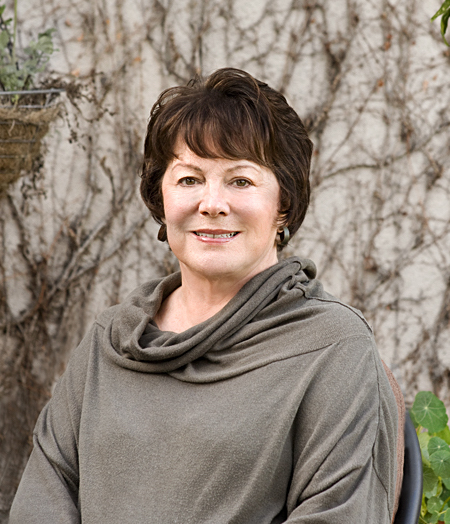Art and Conversation: Can We Talk?

By Jean Hastings Ardell
The comment “The job of the newspaper is to comfort the afflicted and afflict the comfortable,” remains relevant more than a century after it was coined by Chicago journalist Finley Peter Dunne. So brief, so acute, so applicable today.
The adage came to mind when I attended the opening of “Piece-ful Protest,” an exhibit of quilts by Black artist Allyson Allen on Feb. 19. The story of these quilts has been well reported: In a breathtaking demonstration of corporate ineptness, Wells Fargo Bank ordered the Community Art Project (CAP), which has collaborated with Wells Fargo after it acquired an older bank at that location circa 1990, to remove the exhibit from its gallery after a few customers complained about its content. Whereupon the Neighborhood Congregational Church welcomed the exhibit. At the opening, Allen spoke about her work to a packed sanctuary filled with supporters who periodically cheered and gave her a couple of standing ovations. In short, the bank’s decision to evict the exhibit has surely resulted in a far greater degree of attention to the social justice and civil rights issues addressed in the quilts than it could have prompted had it remained in the upstairs gallery on Ocean Avenue.
Here are a few thoughts:
About Wells Fargo’s decision: This is the bank, you may recall, that in 2016 announced it would pay $185 million in fines for the seedy practice of “cross-selling” unwanted services to its customers. Some two million unauthorized accounts had been created. You’d expect the bank, as it attempts to restore public trust, would go the extra mile with this exhibit—particularly given that it coincided with Black History Month in a town historically devoted to the arts. At the very least, Wells Fargo could have suggested removing only the most controversial quilts. Possibly the one that consists of a mere nine letters arranged in threes: “OMG … GOP… WTF?” But hey, even Republicans like my proud RINO husband, have been asking this question. It deserves an answer—or at the least a conversation.
But Wells Fargo has gone silent. In an email, Allen said, “[N]o one from Wells Fargo has ever reached out or contacted me regarding the removal of my exhibit.” Nor did the bank respond to my request for an interview. I don’t bank with Wells Fargo, but if I did, I’d be on the phone with the bank manager to schedule a sit-down conversation as to why I should remain a customer.
It will be interesting to see whether Wells Fargo continues to collaborate with the CAP, whose mission statement reads: “to increase visibility and appreciation of art and serve as a catalyst art education.” I hope so.
During her remarks at the opening, Allen said of the controversy, “I don’t think this is the end of it. This is the beginning.” That raised a cheer from the audience because her quilts do exactly what art is intended to do: invite a response and inspire conversation. Which is why, as Faye Baglin of the CAP explained in a phone conversation, she “was disappointed and surprised” by Wells Fargo’s decision. I’ve always believed that art creates a dialogue.” I find it encouraging that neither Allen nor Baglin have received any hate mail. Baglin said of visitors to the exhibit, “I see people sitting and staring with tears in their eyes. Art does open our minds and our hearts.
As with good journalism, Allen’s exhibit serves to afflict the comfortable corporate sensibilities of Wells Fargo, even as it seeks to comfort the afflicted. The exhibit powerfully presents aspects of our world that cause, provoke, or inspire us to see things in fresh ways. And it is done in a profound way: These are quilts, for heaven’s sake—which provide actual physical comfort. How many of us have wrapped ourselves in the warmth of an old family quilt made by a beloved grandmother or aunt? In their calls for social justice, Allen’s quilts are an ironic reminder of that traditional comfort. And let’s remember that the very material of these quilts is predominantly cotton, that commodity that slaves tended and harvested for centuries. Through Allen’s use of needle and thread, she brings metaphorical comfort to the afflicted, many of whose ancestors picked cotton beneath the threat of a lashing—their cries have been given voice. As for whites like me, whose consciences continue to be afflicted by our country’s history of all manner of injustices, the exhibit can prompt further reflection on what we can do today to better our town, our country, our world. As Allen commented at the opening: “You don’t have to be afraid to look at any of these pieces, unless you’re afraid to look in the mirror.”
Well said, I’d say; and well done.
The exhibit is open Thursdays, Fridays, Saturdays, and Sundays from noon to 3 p.m. through the closing ceremony on April 24.
Jean is a Laguna Beach resident and member of the Third Street Writers.




